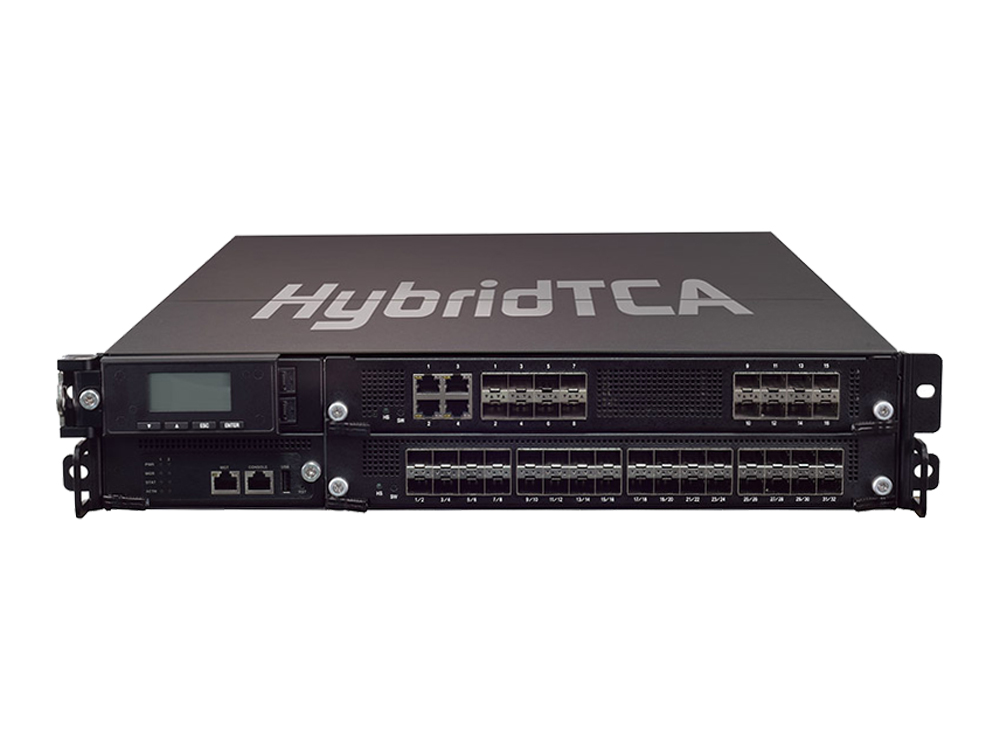The driving force of the network by moving VNF’s from the core infrastructure towards the edge and the introduction of packaged services introduces specific requirements to sustain the control and data plane traffic with reduced latency at the edge deployment.
The edge computing and intelligent gateway architecture require the capabilities to tremendous volume of traffic for real-time pre-processing, data analytics, policy control, communication and messaging to connect, collect and manage the devices to the network. Therefore, the edge routing platform requires the following layers:
- Control Layer
- Infrastructure Layer
- Application Layer
With the rollout of the CORD network infrastructure, the Virtual Edge Routing Platform requires to:
- Perform L3 unicast routing to and from the Central Office and participate in dynamic routing protocols
- Multicast signaling and forwarding
- Apply Quality of Service (QoS) policies
- Support and apply NAT functionalities

Recommended Lanner Network Appliances for Virtual Edge Router
The architecture of the HTCA-1000 platform contains the framework of all three elements for edge routing in a form factor suitable for edge deployments. Furthermore, the high switching and routing capacity in combination of the control and infrastructure processing architecture makes it the ideal platform for Virtual Edge Routing towards the deployment of a SDN foundation to the future of 5G telecom.

